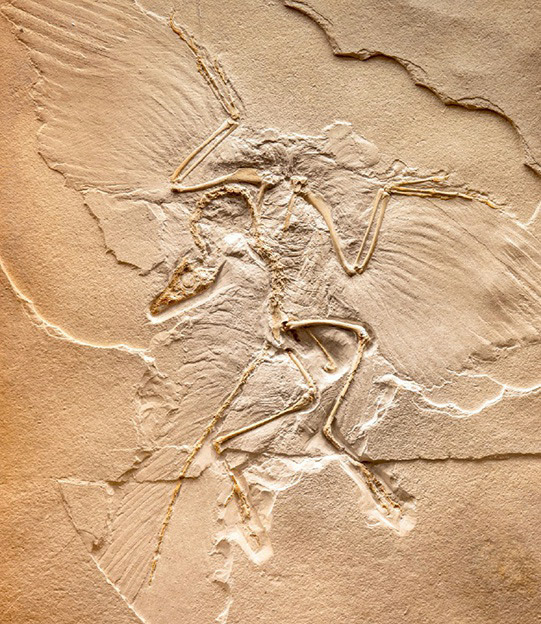The emergence of birds, a remarkable chapter in the evolutionary story, occurred during the Age of the Dinosaurs, approximately between 200 to 65 million years ago. Although dinosaurs first appeared around 240 million years ago in the mid-Triassic period, it was the evolution of feathered dinosaurs, a subset of therapods characterized by hollow bones and three-toed limbs, that marked a significant turning point.
The purpose of feathers in dinosaurs has been a subject of much debate and speculation among paleontologists. Theories range from insulation for body temperature regulation, camouflage, mate attraction, to even deterring predators due to the taste of feathers. The versatility of feathers could have offered advantages to various dinosaur classes, not just the feathered ones.
The oldest fossils of bird-like dinosaurs, such as the 160-million-year-old Archaeopteryx from the avialans (“bird wings”) class, suggest that these early feathered creatures might not have been capable of powered flight. Nevertheless, the fossil record indicates that a subgroup of avialans, known as aves (birds), evolved significantly in the Cretaceous period. These avian dinosaurs developed structures and traits enhancing their flight capabilities, hunting skills, and overall mobility.
This increased mobility may have been a critical factor in the survival of avian dinosaurs through the catastrophic mass extinction at the end of the Cretaceous period, making them the only lineage of ancient dinosaurs to endure. Since that pivotal event, birds have evolved into a diverse and numerous group, exhibiting high levels of intelligence. The journey from feathered dinosaurs to the modern birds of today highlights the intricate and adaptive processes of evolution, shaping the vast and varied avian life we see in the world.

